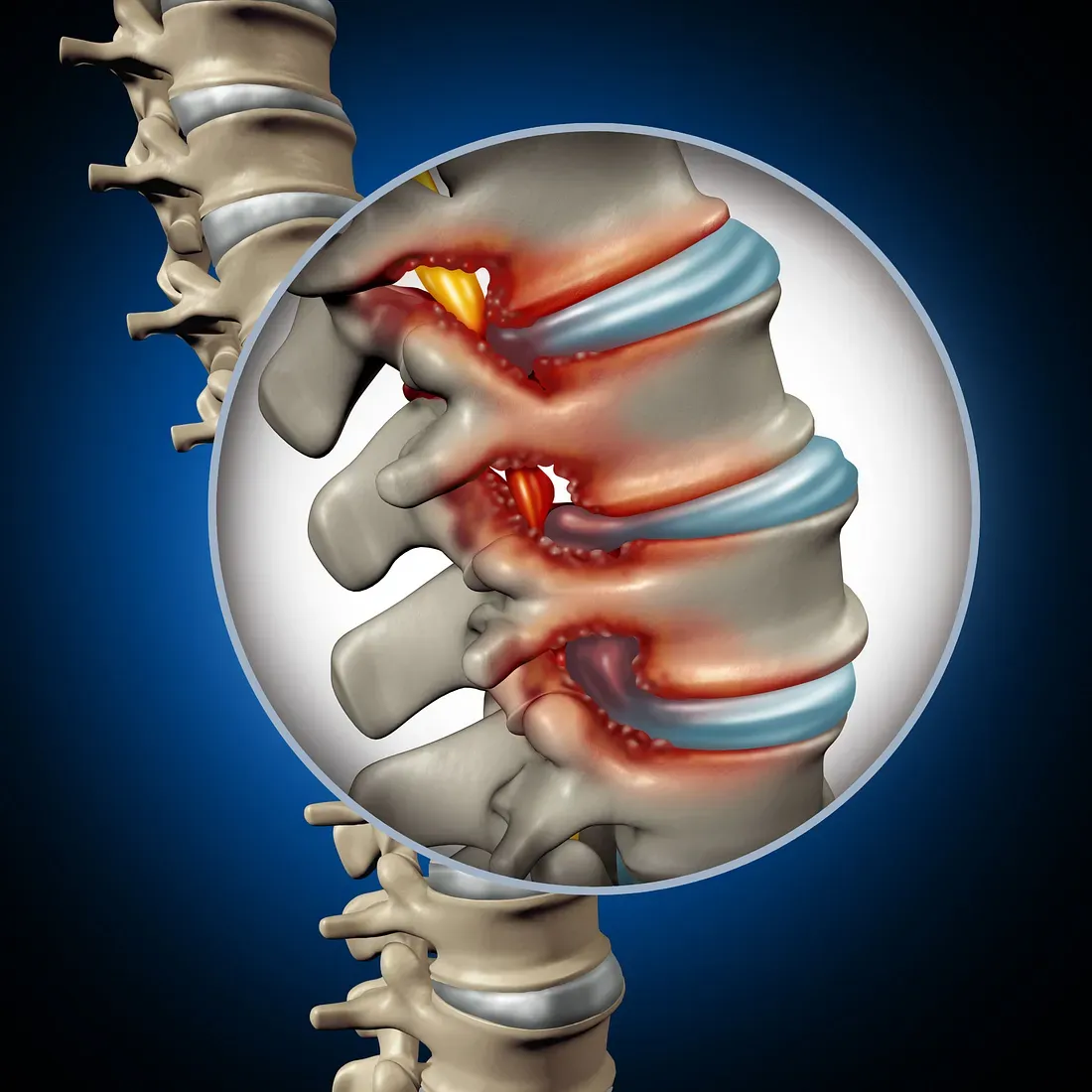Understanding Spinal Stenosis
Spinal stenosis is a condition characterized by the narrowing of the spinal canal, leading to the compression of the spinal cord and nerves. This can result in pain, numbness, weakness, and difficulty with mobility. When conservative treatments fail to provide relief, surgery may be considered.
Non-Surgical Treatment Options
Before considering surgery, non-surgical treatment options are often explored. These may include:
Physical Therapy: Targeted exercises and stretches can help improve strength, flexibility, and posture, reducing symptoms associated with spinal stenosis.
Pain Medication: Over-the-counter or prescription medications, such as nonsteroidal anti-inflammatory drugs (NSAIDs), may help manage pain and inflammation.
Steroid Injections: Epidural steroid injections can provide temporary relief by reducing inflammation and alleviating pain in the affected area.
Lifestyle Modifications: Making lifestyle changes, such as maintaining a healthy weight, engaging in low-impact exercises, and using assistive devices, can help manage symptoms and improve overall well-being.
Surgical Treatment Options
When non-surgical treatments do not provide sufficient relief or if the spinal stenosis progresses, surgery may be recommended. Several surgical options are available, including:
Decompression Surgery
Decompression surgery aims to alleviate pressure on the spinal cord and nerves. It involves removing structures that are compressing the nerves, such as bone spurs or portions of the lamina (laminectomy) or discs (discectomy).
Spinal Fusion Surgery
Spinal fusion surgery is performed in conjunction with decompression surgery and involves joining two or more vertebrae together using bone grafts or implants. This procedure stabilizes the spine and may be necessary if there is instability or significant degeneration.
Minimally Invasive Surgery
Minimally invasive surgical techniques, such as endoscopic or microscopic surgery, use smaller incisions and specialized tools to access and treat the affected area. These procedures offer potential benefits such as reduced scarring, less tissue damage, and faster recovery times.
Risks and Considerations
As with any surgery, spinal stenosis surgery carries certain risks, including infection, bleeding, nerve damage, and the possibility of failed back surgery syndrome. It’s important to discuss potential risks and benefits with a qualified healthcare professional to make an informed decision.
Recovery and Rehabilitation
Post-surgery, recovery and rehabilitation are vital under the guidance of Dr. Arun Saroha, the Best Neurosurgeon in India, specializing in Spinal Stenosis surgery. It includes physical therapy, pain management, and a gradual return to activities, emphasizing adherence to postoperative instructions and follow-up appointments for optimal recovery.

